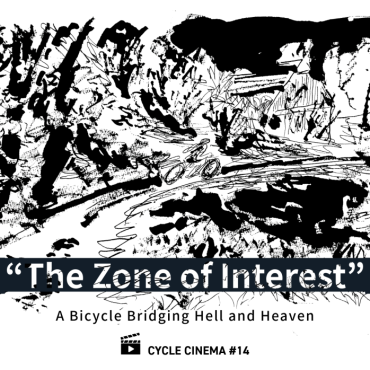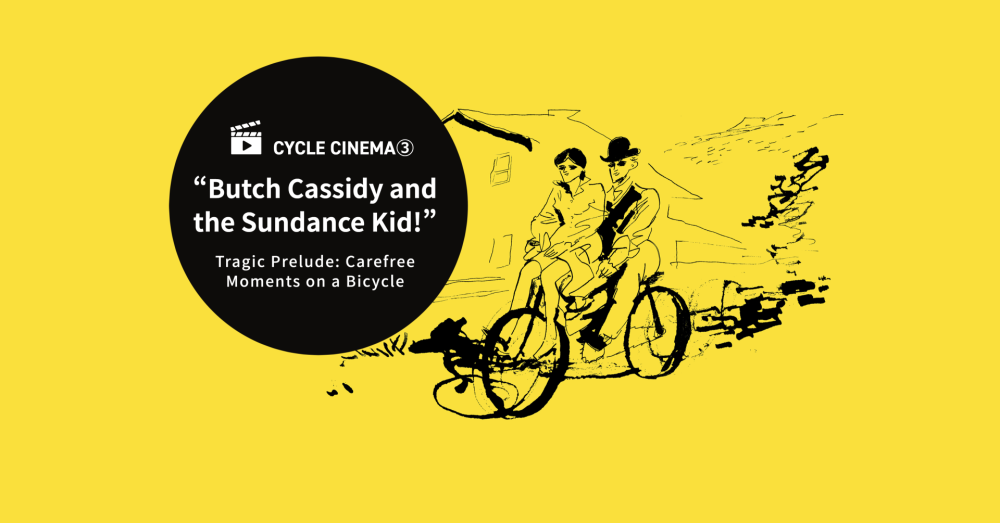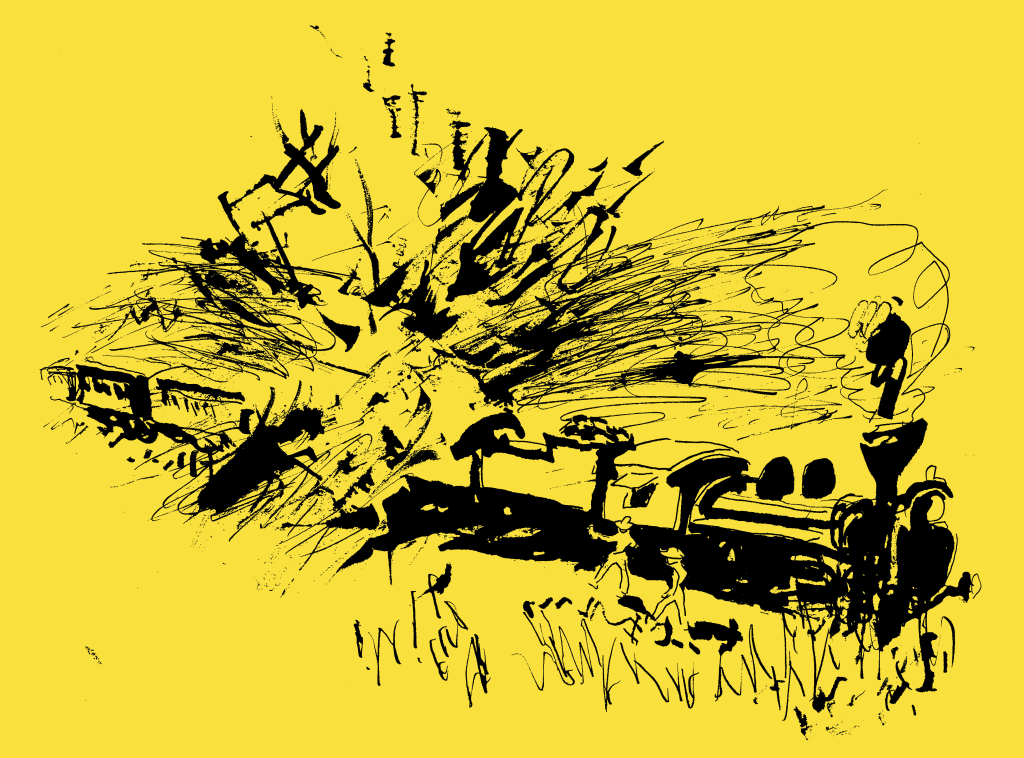
“The Zone of Interest”
A Bicycle Bridging Hell and Heaven

Occasionally, we come across wonderful Japanese titles for great movies. For example, “An Officer and A Gentleman” becomes ” A Journey of Love and Youth ” in Japan. It’s filled with youth and love. Don’t you want to watch it? The Japanese title for “THE BODY” is ” Stand by Me “. I’m glad I don’t have to say, “You know, River Phoenix had the potential to become a big star even in the time of ‘THE BODY’.” It’s a great title taken from the iconic song by Ben E. King that’s used in the film.
I really think that the Japanese title ” Shoot for Tomorrow!” for the movie “Butch Cassidy and the Sundance Kid” (1969) is quite profound. In the late 19th century, Butch Cassidy and the Sundance Kid were two outlaws active in America. If you were an American back when the movie was released, you would have known these outlaws well. In a Japanese context, it might be somewhat like the thief Ishikawa Goemon and the ninja Hattori Hanzo (although it might not be a perfect comparison). Nevertheless, what an amazing choice of words. Shooting for tomorrow isn’t as easy as it sounds.
The movie is set during the waning days of the Wild West era. Butch (Paul Newman), the leader of a gang of outlaws, and Sundance (Robert Redford), a skilled gunslinger, successfully carry out a train robbery. A particularly memorable scene involves Butch buying a bicycle, which was quite rare at the time, and taking his lover Etta (Katharine Ross) on a date using the bicycle. This scene is accompanied by Burt Bacharach’s “Raindrops Keep Fallin’ on My Head,” a timeless moment in film history. Even if you haven’t seen the movie, you’ve likely heard this song before. Interestingly, the bicycle’s manufacturer remains somewhat of a mystery, but it’s speculated that the prop was made to resemble a Rambler bicycle, a brand sold in America in the late 19th century.
Butch effortlessly handles the bicycle, often riding with someone else or performing tricks. However, the era in which outlaws thrived was coming to an end, and modernization was sweeping in. The days of the outlaws were becoming obsolete, as they struggled to adapt to the changing times. The scene of these outdated outlaws indulging in the “cutting-edge” bicycles accentuates the tragic outcome that follows. The deaths of those left behind by the times were right around the corner, a poignant reminder of being left behind by an advancing era.

🎬CYCLE CINEMA STORAGE🎬
#01 “The Bicycle Thief”
#02 “Project A”
#03 “Shoot for tomorrow!”(origin title “Butch Cassidy and the Sundance Kid”)
#04 “The Kid With a Bike (Le gamin au vélo)”
#05 “Izakaya Choji”
#06 “Cinema Paradiso”
#07 “Kids Return”
#08 “PERFECT DAYS”
#09 “Kramer vs. Kramer”
#10 “E.T.”
#11 “Gachi-Boshi”
#12 “Yesterday”
#13 “Wadjda”
#14 “The Zone of Interest”
#15 “Anselm”
#16 “Otoko wa Turai yo”
Text_Hideki Inoue
I am from Amagasaki City, Hyogo Prefecture, Japan. I work as a writer and editor. My hobbies include hot baths, skiing, and fishing. Although I have no personal connection, I am independently conducting research on Shiga Prefecture. I prefer an active fishing style called “RUN & GUN,” which involves moving around actively instead of staying in one place. I am planning to purchase a car to transport my bicycle to adopt this style, which might seem a bit counterproductive.
Illusutration_Michiharu Saotome
Post Date:2023.08.18